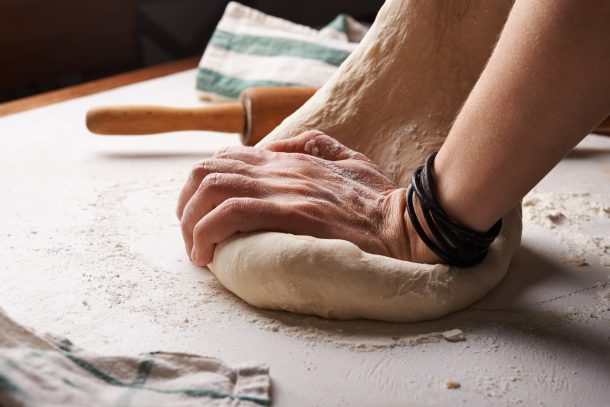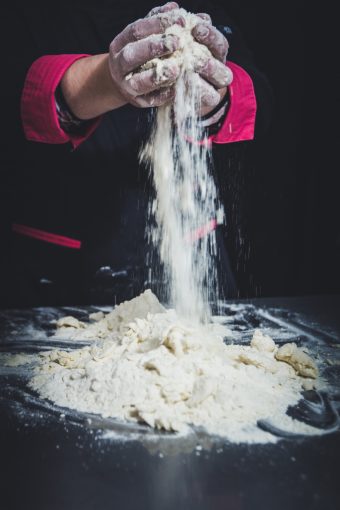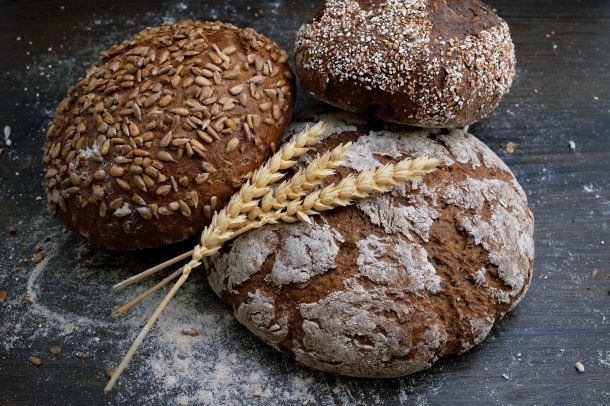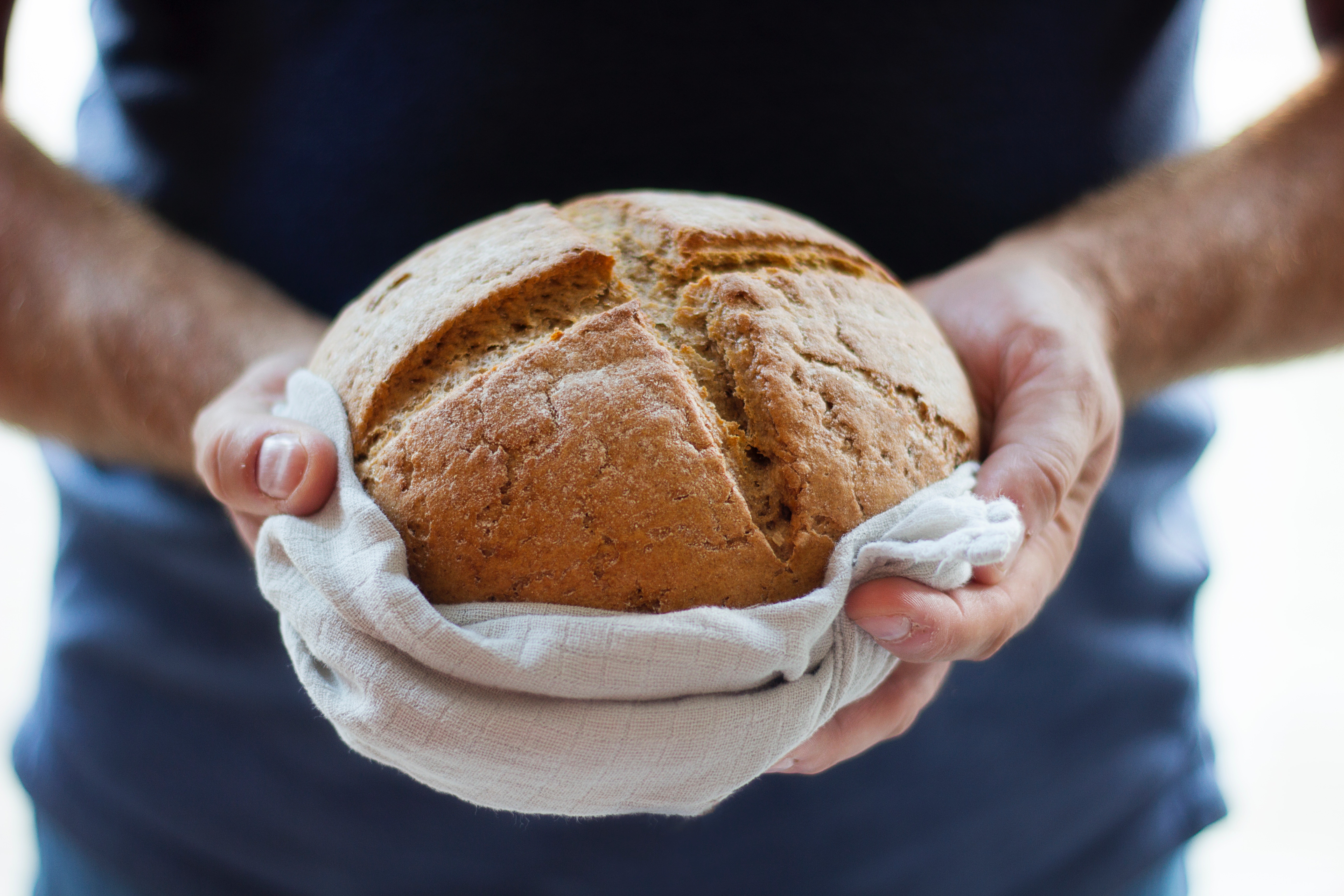The benefit of making home made bread is that we know exactly what goes into it. Supermarket bought products are often made from extremely refined flour, contain additives that change the appearance and the taste of the bread we buy, as well as preservatives. Not to mention the fact that it comes in unnecessary plastic packaging.
That is why making your own bread in the comfort of your home is a major step towards obtaining a good quality product, and you needn’t to worry about what goes in it – you decide the ingredients, from the flour to everything else!
If baking home made bread is relatively new to you, or you want to know how to improve your skills, here is a simple guide on how to avoid and solve the most common mistakes.
The dough is too hard or too soft
The consistency of the dough is fundamental when it comes to baking your own home made bread. It is important to use the amounts of flour and water that are specified in the recipe.
However, it is useful to remember that there are some other elements that influence the consistency of the dough, and they are partly out of our control: these vary from the humidity in the air to the quality of the flour and its capacity to absorb liquids.
The best thing to do is regulate the consistency while we are working on the mixture, by adding flour if it is too sticky, or adding water if it tends to be crumbly. The more time you spend working on the dough, the better the final result will be.

Insufficient leavening
If your dough does not rise enough, your bread might be too hard or chewy. A part of the leavening will take place in the oven, and a rather hard crust may form on the surface of the bread.
You may want to prolong the leavening to up to 3 hours with the yeast and up to 8-12 hours with the sourdough (depending on the recipes). Let the dough rise in a container covered with a damp cloth to prevent the top from drying too much. Choose a warm place away from drafts and temperature changes.
Did you know there is a trick to check leavening times? Put a ball of dough in a glass of water. When the ball has risen to the surface, it means it is time to bake!
Choice and combination of flour

Your home made bread will only be of high quality if you choose the best flours, and you are able to match different ones. Strong bread flour or a great all purpose flour such as Caputo Blue from Naples both work well.
In terms of leavening, doughs are more successful with flours that contain a lot of gluten, like the classic wheat flour. You can combine the mixture with small amounts of less strong flour, such as rice or quinoa flour. However, use these in moderation, as it may compromise the result. If you want to prepare bread with special or gluten-free flours, make sure that you follow precisely the instructions of the recipe.
Oven temperature too high or too low
Some people prefer to keep the oven temperature constant, others tend to raise it towards the end of baking bread to make it slightly browner, and others prefer to lower it to avoid burning the product. Many elements depend on the type of oven you have at home.
With different ovens and recipes, you will have to experiment with different cooking times.
To make good home made bread, you don’t necessarily need a wood oven: some advice is to preheat the oven to bring it to the desired temperature and place a cup on the bottom with a little water in it if you notice that your homemade bread tends to dry out too much during cooking. If the oven temperature is too high, the bread risks being raw on the inside and overcooked on the outside. If it is low, cooking times will be too long and the bread may be too moist and compact.
Underestimating the cooling process
The moment we leave the bread to cool off is very important and should not be underestimated. If you let the bread cool in the tin, it is likely that moisture may form on its bottom and that the bread ends up being too soft. You should therefore remember to bake the bread and place it immediately on a raised grill, so that the lower part is well in contact with the air. Alternatively, you can lay it diagonally on the table, placing it against the wall and allowing air to circulate around the whole bread, especially on the bottom.
The taste is too sour
Bread prepared at home with sourdough has a slightly different taste to baker’s bread: that’s normal. However, the flavour should never be too acidic. If so, try reflecting on one of the following points. Perhaps you have used too much sourdough compared to flour, or the leavening has lasted too long.
Keep experimenting!

Making your own, home made bread is easy and rewarding. It may not be perfect the first time, but with these tips in mind and some perseverance, you will be able to bake a high quality loaf and enjoy its simple, yet delicious taste.


